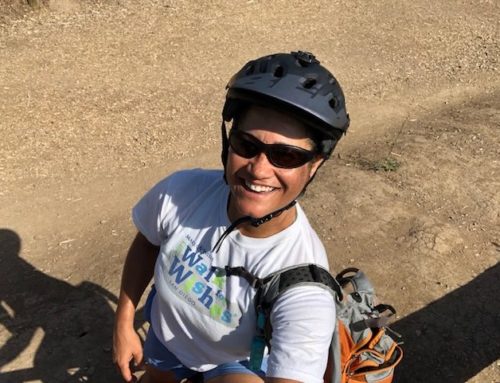Beginner’s Fitness Map – The Top 5 Most Important Things to Do When First Starting a Fitness Program
Following is the beginner’s fitness map, which is made up of the 5 most important things to do when you first start a new fitness program. While there are certainly other things to consider, and more details we can get into, these 5 things while get you up and running!
 1) Choose one cardiovascular exercise that you can do to start off (i.e. walking, jogging, bicycling, hiking, video routine, elliptical machine, treadmill, etc.)
1) Choose one cardiovascular exercise that you can do to start off (i.e. walking, jogging, bicycling, hiking, video routine, elliptical machine, treadmill, etc.)

2) Choose one TYPE of resistance exercise that you have access to (home gym, dumbbells, body weight exercises like push-ups and lunges, or gym membership).
 3) Get your hands on some basic stretches that you can do at the end of your workout. There should be one for each major muscle group, like the hamstring stretch pictured here. Do you remember some from your school days or sports you’ve played? Or maybe you can find a good article outlining some basic stretches.
3) Get your hands on some basic stretches that you can do at the end of your workout. There should be one for each major muscle group, like the hamstring stretch pictured here. Do you remember some from your school days or sports you’ve played? Or maybe you can find a good article outlining some basic stretches.

4) Decide on the time of day that you will workout. Choose something that is manageable and that you can do consistently 5-6 days per week.
 5) Find a resistance routine/ program that you can safely follow. It shouldn’t conflict with any physical conditions. In other words, you need an outline of specific exercises and you need to know in what order you should do them. You can do this on your own based on your previous exercise knowledge, or you can buy a book. There are many good books out there with simple programs to follow. Or you can choose to subscribe to an online service, follow a video, or hire a trainer.
5) Find a resistance routine/ program that you can safely follow. It shouldn’t conflict with any physical conditions. In other words, you need an outline of specific exercises and you need to know in what order you should do them. You can do this on your own based on your previous exercise knowledge, or you can buy a book. There are many good books out there with simple programs to follow. Or you can choose to subscribe to an online service, follow a video, or hire a trainer.
Most people can perform the cardio portion on their own, at least to start. It’s the last one, #5, that you may find confusing. That is because you need to choose WHICH resistance exercises to do and HOW MANY repetitions of each. In addition, you need to know HOW MUCH resistance to use and HOW FREQUENTLY to do it. And all this needs to be performed with proper form to prevent injury. It’s the anatomy knowledge that is necessary but often lacking that is needed to put together a balanced resistance program. And that should correlate that with stretches. Be sure to check back next week for the next piece of the puzzle. Remember to live life to the optimum!
Melissa
OptimumCondition.com
(619) 252-4993
Empowering people through fitness, education, and coaching





